Editor’s Note: The world of beer and wine pairings can become a little stale––our resident experts in both categories, Ashley Ragovin and Stef Ferrari, offer some fresh takes on our favorite foods.
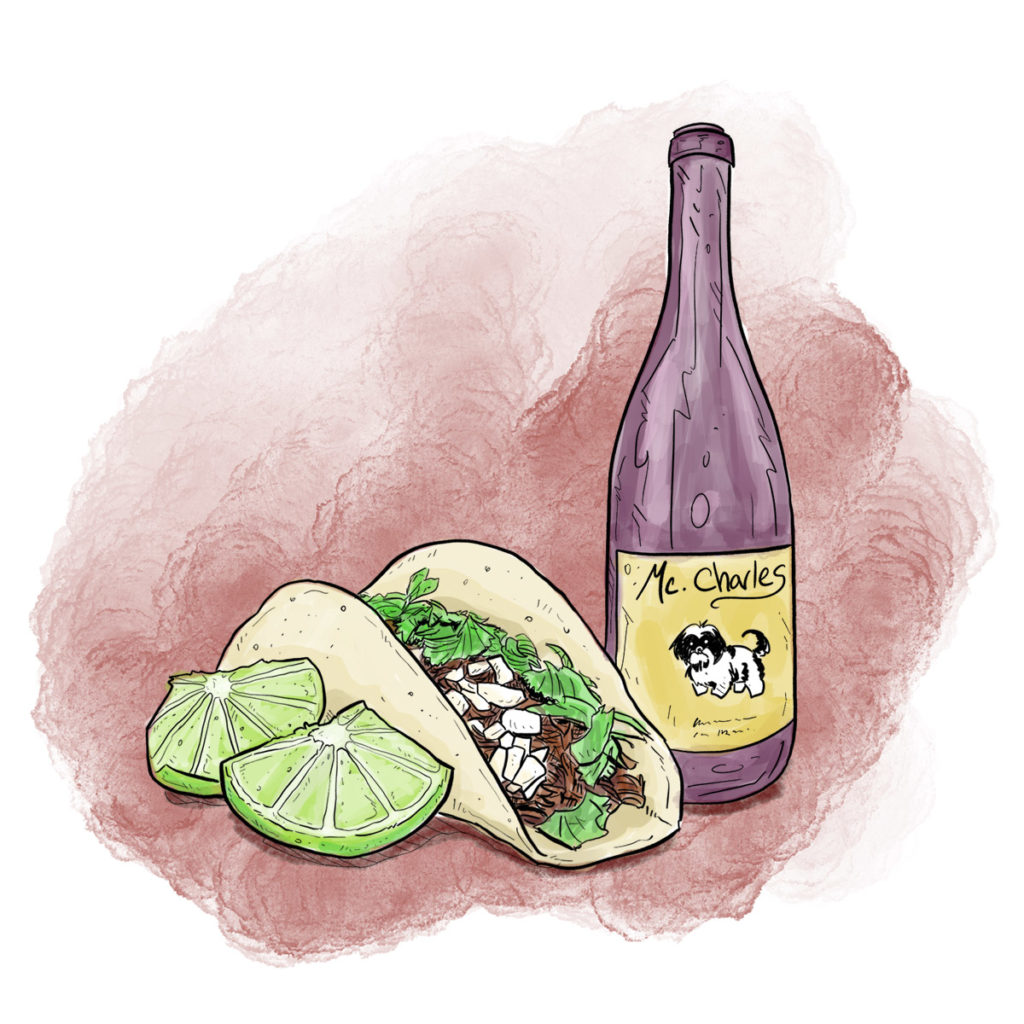
Dollar Tacos
Trips to the taco truck make for quintessential California cheap eats, and finding the best in town is like having a skeleton key to the city. Those tacos deserve a beverage befitting of their culinary level of prestige. Cheap beer has long been the obvious default, but there is a taco-wine-soulmate-situation out there, and it comes in the form of a bright, juicy carignan from California. My mouth waters at the thought of al pastor and a slightly chilled glass of carignan. These wines have a pop of fruit and are generally lower in tannin and alcohol, so you can have your salsa and scoop it too. Personal favorites include: Martha Stoumen’s and Populis Wine’s versions.

Potato Chips (Or French Fries)
I’m a sucker for salty foods, and I freakin’ love potato chips. Regular old potato chips and not-so-fancy french fries both rank high as favorite snack foods of all time. A bottle of the right sparkling wine is the best kindness you can do a fried and salty potato snack. Cremant du jura and champagne both over deliver here; these wines have a nutty, almost-crunchy texture that makes for a harmonious and luxurious duo. The effect is cumulative—salty chips beget the need for thirst-quenching bubbles, which further inspire cravings for salty crunchy potatoes…
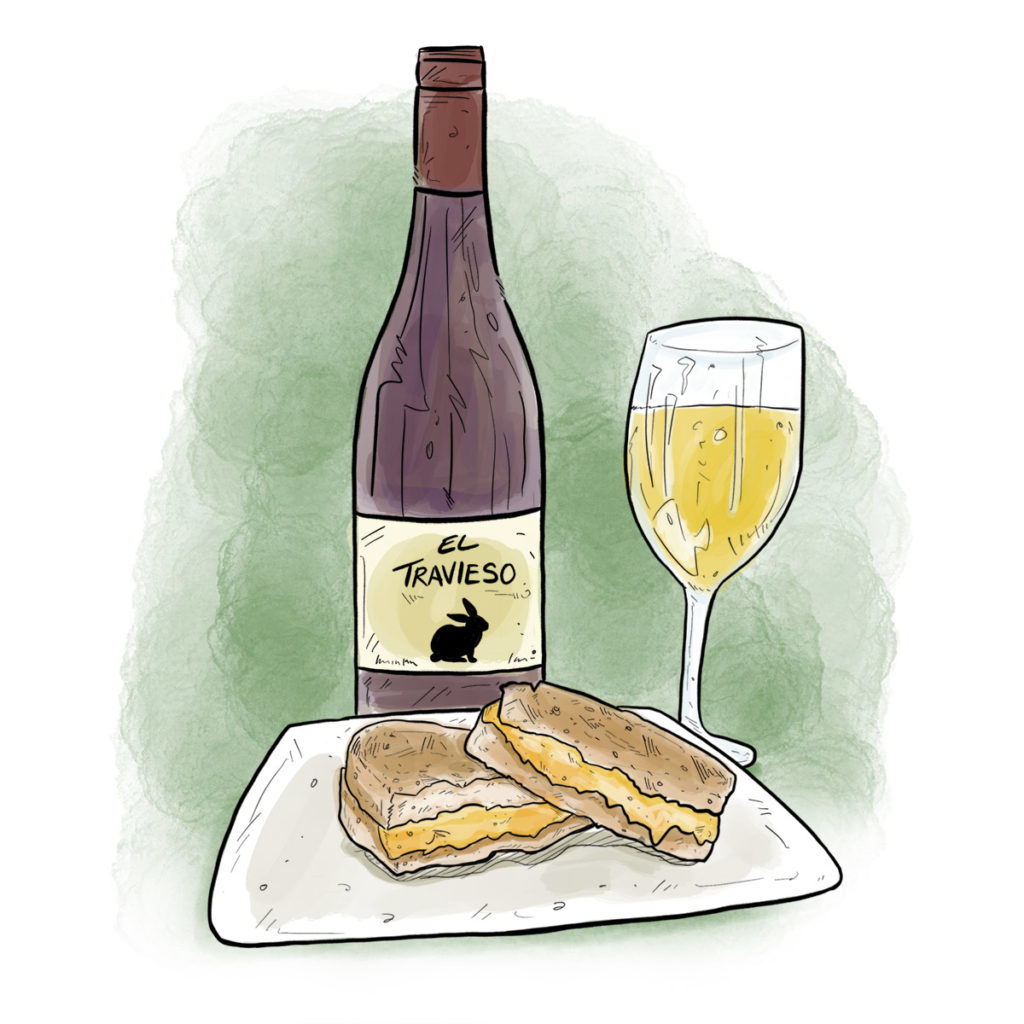
Mac & Cheese (Or Grilled Cheese. Or Just Cheese.)
Cheese is a food group unto its own in my world, but if you must place it in between toasty slices of bread or mix it into some elbow pasta from a box, I will not be mad. For melty, cheesy snack situations, have a glass of good skin contact white wine on hand. The grapes of these wines (sometimes referred to as “orange” wines) stay in contact longer with their skins, and so the wine develops deeper texture. It can feel almost like a light red, but with the lifted, herbaceous aromatics and acidity of a white, so the drinking experience is bright and fresh, not at all heavy. It’s a best of both worlds kind of scenario. Great examples of skin contact whites are coming from all over; seek out versions from Italy, Austria, Hungary and California.
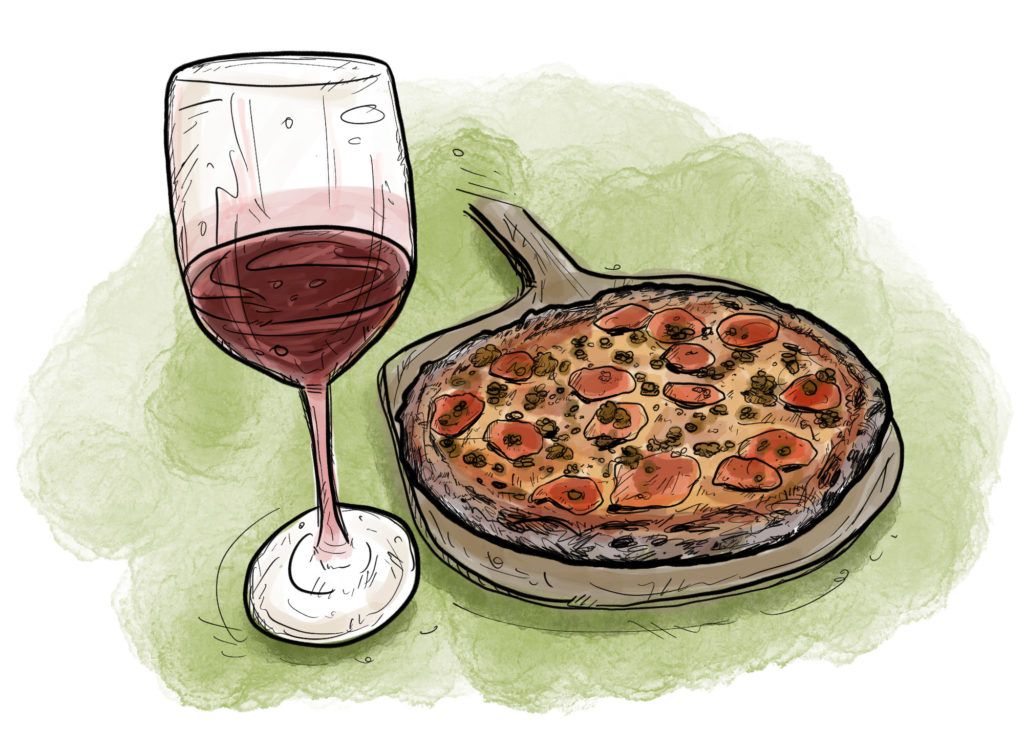
Pizza
Whether it’s hot and fresh from of the wood oven, or cold from the leftover corner of your fridge, pizza loves a sparkling red. No, I don’t mean that sweet commercial lambrusco that old ladies with strong perfume fawn over. The best lambrusco is dry, bubbly, and has just the right amount of punchy red fruit and lip-smacking tannin. Saetti and Pronto are two of the best you can find, but there are other great sparkling red options to seek out too: Broc Cellars and Château Minière are delicious examples of sparkling cab franc, and Cruse makes a sparkling valdiguié that’s also not to miss.
By the way, the best way to heat a slice of leftover pizza is in the toaster—and you can sip wine while you wait. Just saying!
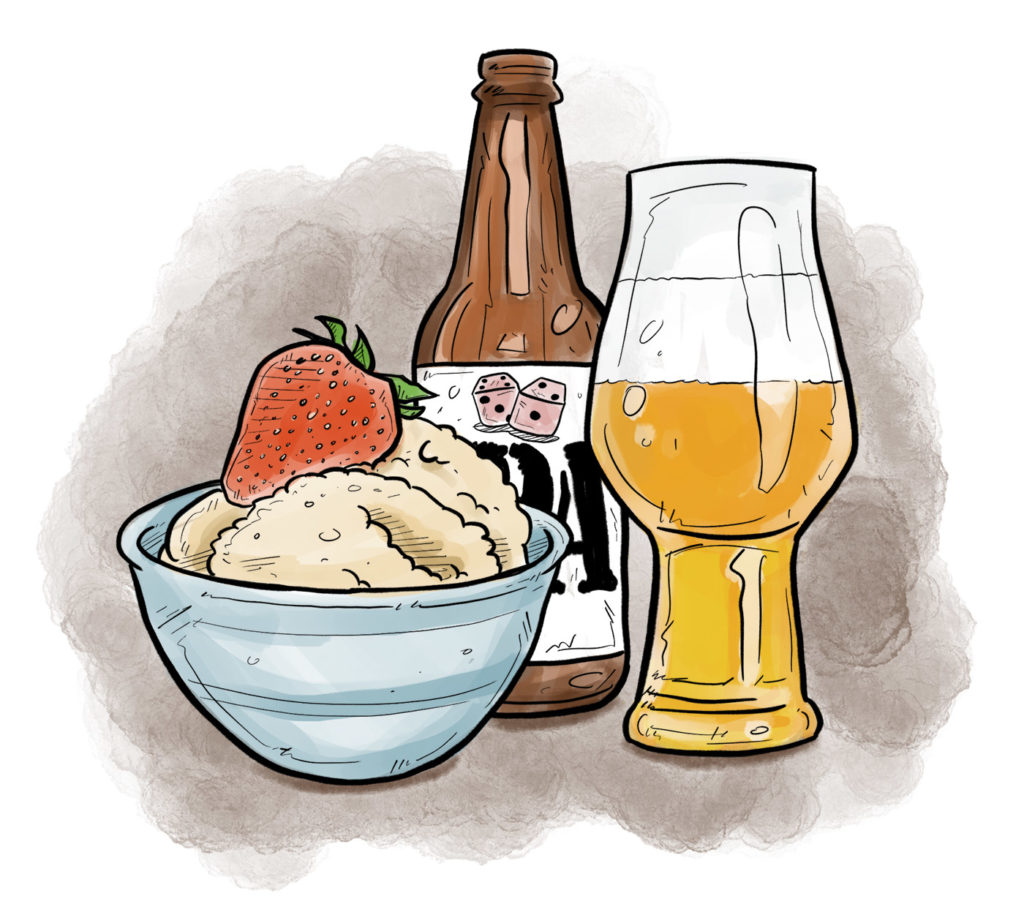
Dessert
Beer has never been a particularly common post-meal preference, but actually, the brewing method and beer’s ingredients inherently make the finished product perfect for after dinner. The process by which malted barley is kilned to varying degrees of roast produces flavors that can be defined with terms like chocolate, caramel, coffee, toffee, bread or biscuit—all of which could describe your favorite desserts. Then brewers sometimes get a little wild—additions like coffee, chocolate, vanilla beans, cocoa nibs, various fruits, maple syrup, and candi sugars can help make your brownies better, your ice creams scream, and your sorbets sing.
A common adage in the wine business is to let the drink be sweeter than the dish, and that applies here too. Imperial stouts and stronger, darker suds tend to be paired with dessert, but less obvious choices exist: try a fresh citra-hopped IPA with a peach cobbler or sorbet, or a hefeweizen with bananas foster (the beer’s yeast profile is famous for banana and clove). Sour beers are soulmates for fruit dishes, and find a home alongside a fruit tart or pie, while chocolate dishes can even bring to life flavors in darker sours like a Flanders red.
Next time you plan to indulge in a drawing room drink, skip the brandy or liqueur in favor or a barrel-aged strong ale or old ale. At twelve-percent ABV, the viscosity and octane bring these closer to the realm of wine or fortified wine or after-dinner drink.
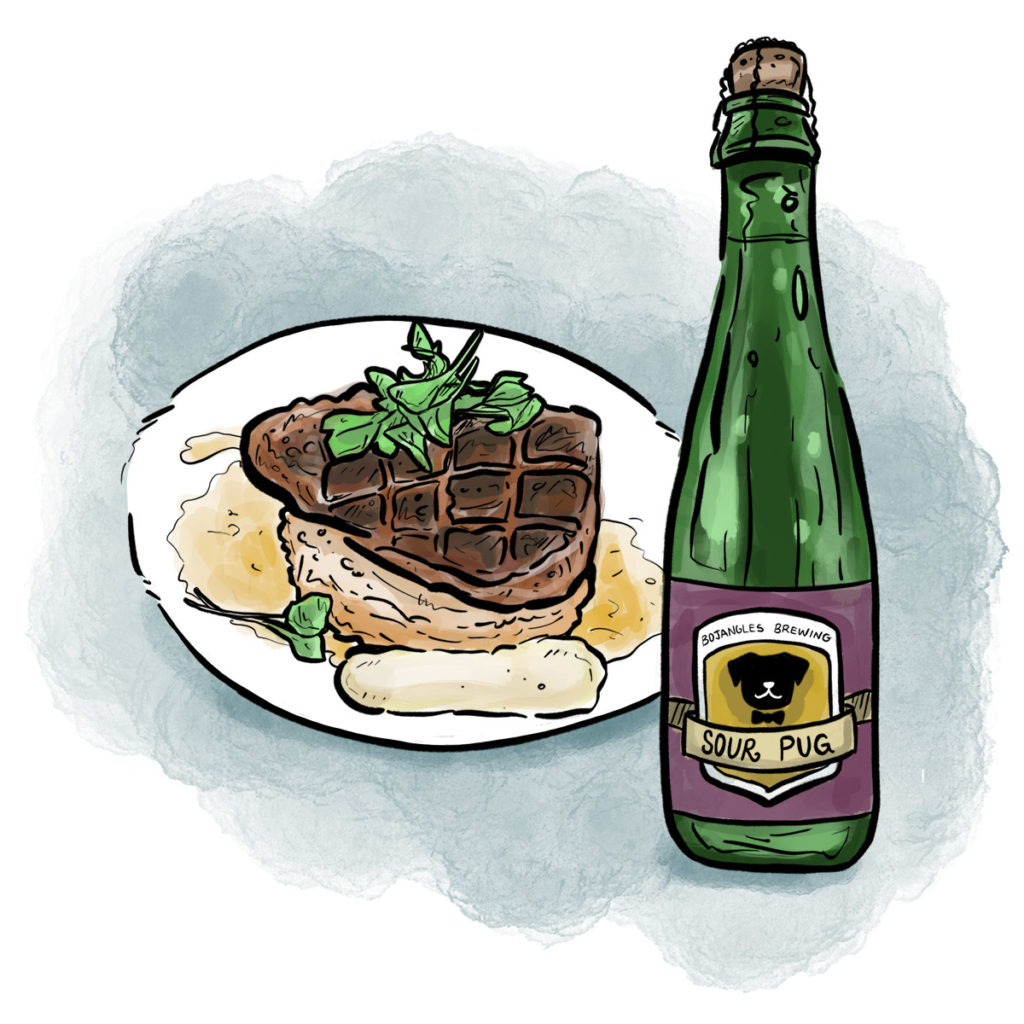
Foie Gras
Foie gras—the most endlessly controversial of the fancy “luxury” food set—is famously delicious with fruit. The bright, sweet flavors of everything from tart cherry to tropical pineapple and sandy pear play off its buttery decadence, cutting through the fat and elevating both elements. In fact, the first time I ever tried it, the dish was paired with strawberries, and I’ll never forget my surprise at that perfection.
Lots of fruited beers exist out there, which makes pairing a cinch; but sour beers—sometimes referred to as “wild ales”—are especially perfect for foie (as well as other pâtés and similar). Even when not specifically brewed with fruit, they often have flavors that suggest a wide range of their flavors, while also providing an acidic counterpoint to the richness of foie.

Pasta
The notion of an Italian restaurant often calls up images of red checkered tablecloths and jute-wrapped jug wines—but I think it’s high time we recreate that scene with a nice bottle of craft beer.
Of course, the term “pasta” means many things, but when it comes to pairings, the sauce is especially of interest. I can’t speak to each and every one of them here, but I can promise you that thanks to the sheer breadth of beer styles, there’s something for each strand and shape, and every last slice of lasagna.
If we’re talking spicy tomato sauce, a self-assured, moderately hoppy and dry British IPA can get the job done—the hop flower naturally enhances a peppery profile and the caramelized malt matches the cooked tomato. But just be cautious; while spice and hops can be great together, too much of either can cause overemphasis, and push the experience past point pleasant.
For a classic pesto with herbaceous, nutty qualities, try a crisp Czech pils, which has floral, similarly herbal characters typified by the primary Saaz hop. A creamier sauce will benefit from something extra carbonated. A personal favorite is cacio e pepe with a lively Belgian saison—a pairing that has the added bonus of matching freshly cracked pepper in the pasta with the peppery yeast character inherent to the beer.

Cookies
Personally, I’m crazy for cookies, and there’s hardly a more made-for-each-other match than chocolate chip cookies and milk stout. The roasty beer is sweeter than, say, an Irish dry stout due to a more significant amount of unfermented residual sugar––in most cases, lactose (hence the name). But oatmeal raisin are born to be savored with a Belgian dubbel, which has inherent complementary notes of dark, dried fruit and grainy malt.
On the paler end, pair buttery shortbread cookies with a Biere de Garde or witbier. Both have lively levels of carbonation that can give the biscuit a lift between bites––bubbles being the perfect natural palate cleanser (a simple element that is, by the way, why beer is sometimes argued as a better beverage pairing across the board. Sorry Ashley!)––as well as mild fruity esters and moderate hop characters to add dimension and balance the richness.
How’s that for an adult after-school snack?





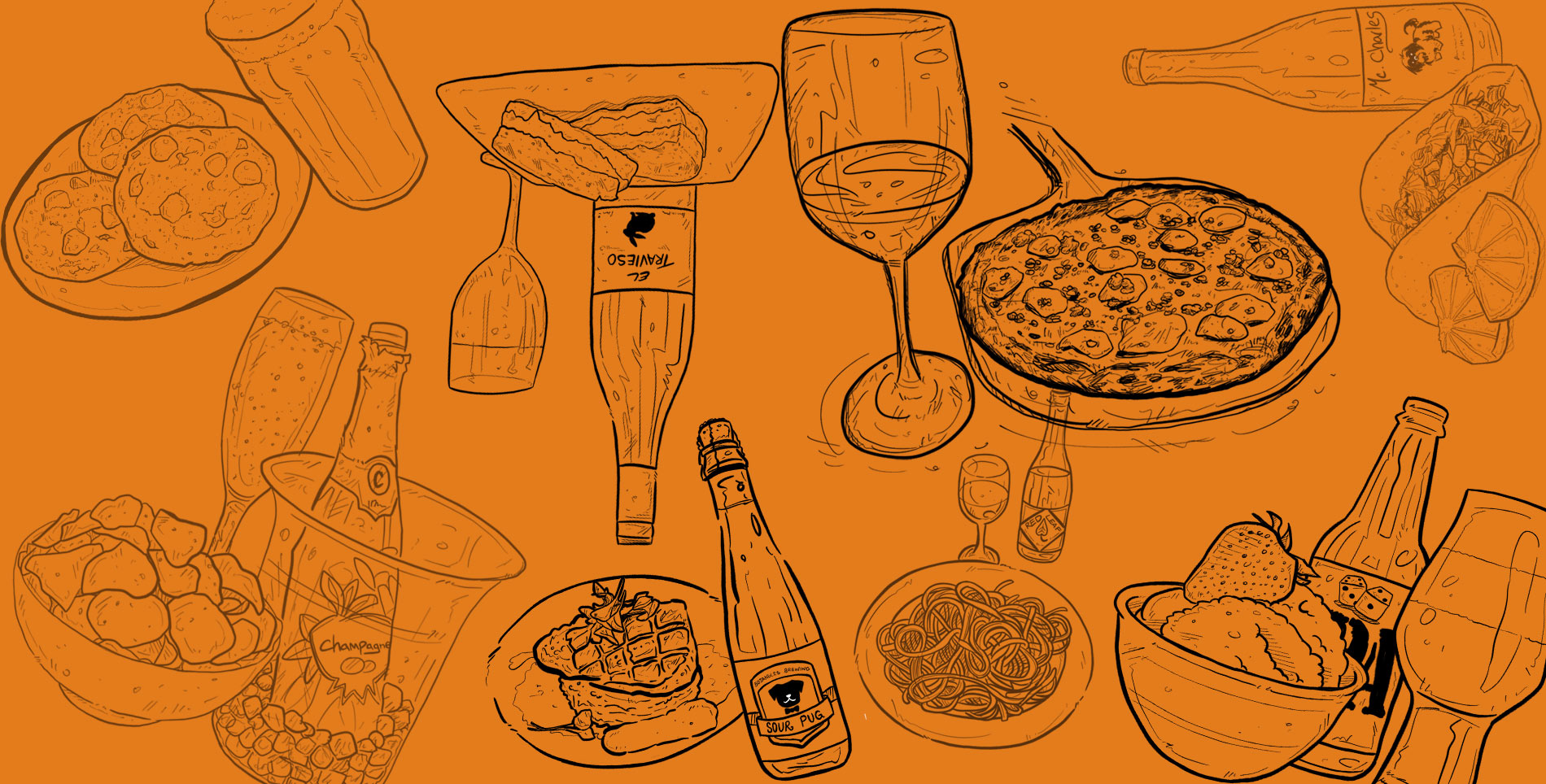

Our comments section is for members only.
Join today to gain exclusive access.